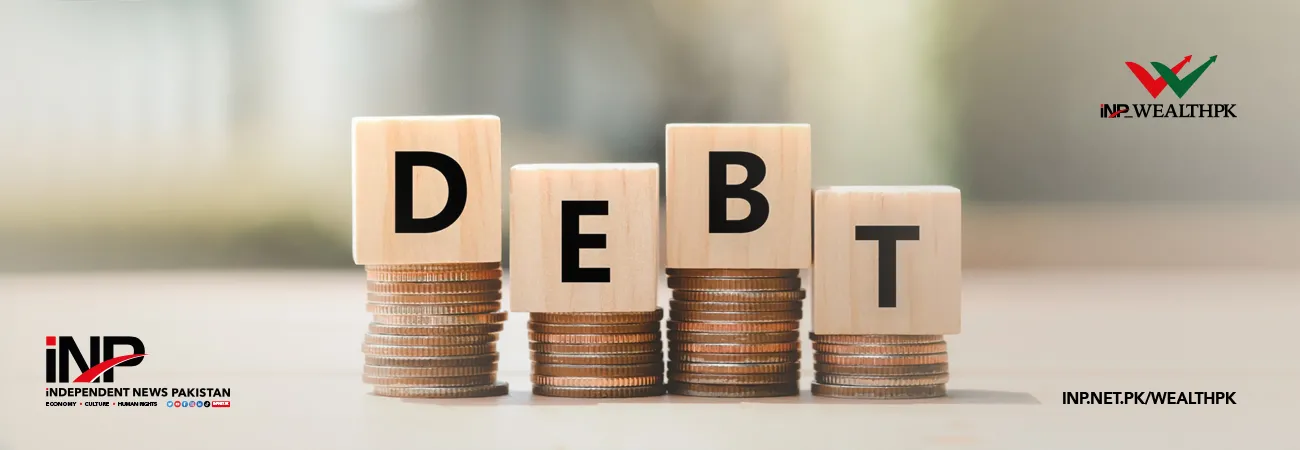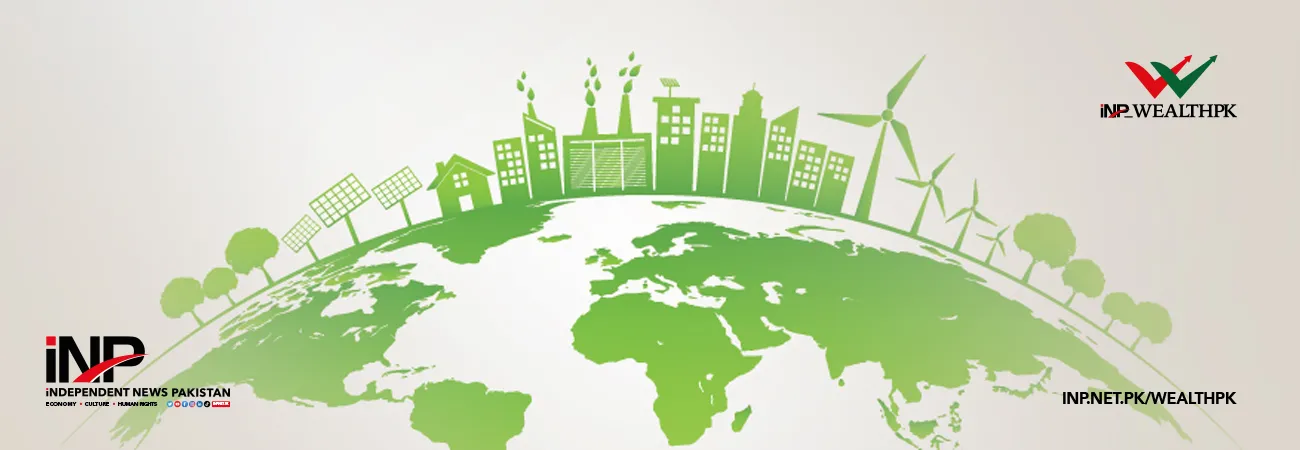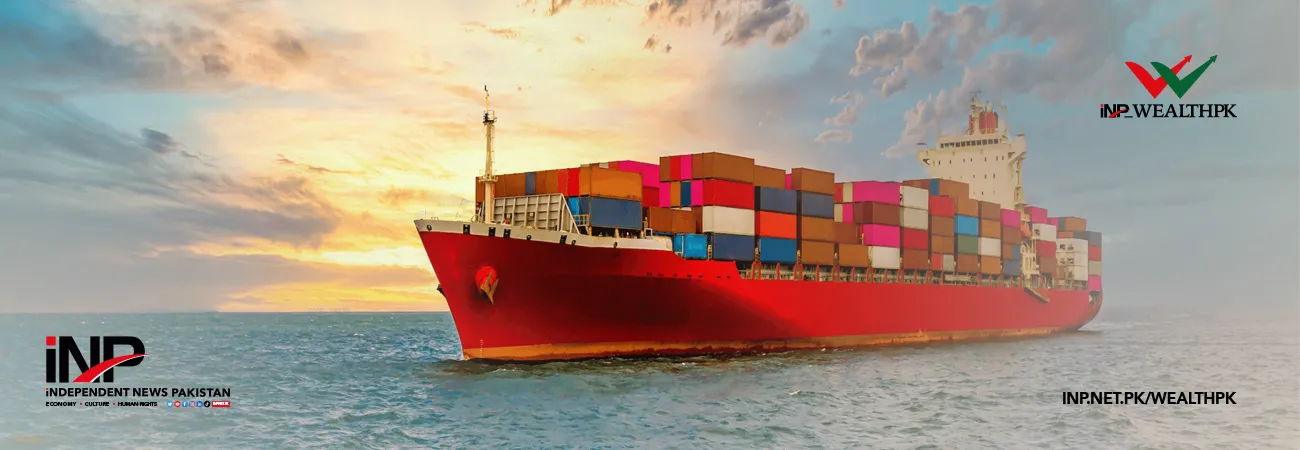INP-WealthPk
By Muskan Naveed
ISLAMABAD, Nov 04 (INP-WealthPK): One of the root causes of problems surrounding the Pakistani economy is its nature as a consumption-driven economy. While consumption is the element that is focused on boosting aggregate demand in an economy – which, in turn, drives up production – the fundamental issue arises when an economy becomes dependent on an exorbitantly high rate of consumption with subpar levels of savings. In the case of Pakistan, high consumption is happening at the cost of investment which is dampening growth in the country.
One of the first lessons in Economics 101 lists aggregate demand, investment, government expenditure, and net exports as the primary drivers of an economy. An overemphasis of any of these factors can become detrimental to the economy. Consumption and investment occur through a trade-off. Economic theory suggests that the income, not the consumer is saved through formal channels which translate into investment. In Pakistan, 75% of the household income was utilized for private consumption. The figure increased to 85% by 2020. The little portion of income that is saved also does not translate into investment.
One of the problems of consumption-driven growth is a decrease in exports while Pakistan, with its widening current account deficit of $1.5 billion, needs to focus on export substitution. Moreover, it becomes detrimental to economic health when a larger portion of consumption is attributed to imported goods – further widening the current account deficit.
It is regarded as a list because a positive feedback loop exists from savings to investment. High savings translate to increased investment. Increased investment causes economic growth and, ultimately, an increase in per capita income which boosts the capacity to save.
Trends in investment rate
The overall investment as a percentage of Gross Domestic Product (GDP) over the past decade shows a downtrend with a few breaks. The overall level of investment has been falling while the comparison of public and private investment shows a steeper decline in public investment. The general investment climate is regarded as weak due to economic instability, volatile shifts of exchange rate mechanisms, a large informal sector, and most importantly, low savings.
The few upside breaks in the investment are attributed towards foreign assistance programs, grants, and the likes which – albeit fruitful in the short term – are not sustainable and may do more harm to the economy than good.

 Way forward
The efforts of the current government are in the right direction. The Pakistani government is addressing all the right problems and if these efforts are sustained then Pakistan may soon break free from the shackles of the low-saving & low-investment trap and be on a road towards economic growth and prosperity.
Various agencies of the government have been putting in efforts to lift the country out of the low-saving & low-investment trap in their capacities. The State Bank of Pakistan is focusing on the digitization of the economy through initiatives like Roshan Digital Accounts. The Securities and Exchange Commission of Pakistan has uplifted Pakistan in terms of ease of doing business which will boost investment in the country.
Pakistanis spend 30% of the consumption bracket on housing and utilities which is twice as much as the spending by its neighbours. The government's initiative of low-income housing will result in a decrease in consumption and increase in savings and, hence, investment. Financial literacy programs of SBP are also playing a key role in changing the mindset of the populace towards formal investment avenues.
The private sector has also jumped towards the opportunities that the unbanked population provides. With the government’s support, there has been an explosion in the growth of startups – especially in the financial technology sector (FinTech).
Way forward
The efforts of the current government are in the right direction. The Pakistani government is addressing all the right problems and if these efforts are sustained then Pakistan may soon break free from the shackles of the low-saving & low-investment trap and be on a road towards economic growth and prosperity.
Various agencies of the government have been putting in efforts to lift the country out of the low-saving & low-investment trap in their capacities. The State Bank of Pakistan is focusing on the digitization of the economy through initiatives like Roshan Digital Accounts. The Securities and Exchange Commission of Pakistan has uplifted Pakistan in terms of ease of doing business which will boost investment in the country.
Pakistanis spend 30% of the consumption bracket on housing and utilities which is twice as much as the spending by its neighbours. The government's initiative of low-income housing will result in a decrease in consumption and increase in savings and, hence, investment. Financial literacy programs of SBP are also playing a key role in changing the mindset of the populace towards formal investment avenues.
The private sector has also jumped towards the opportunities that the unbanked population provides. With the government’s support, there has been an explosion in the growth of startups – especially in the financial technology sector (FinTech).













